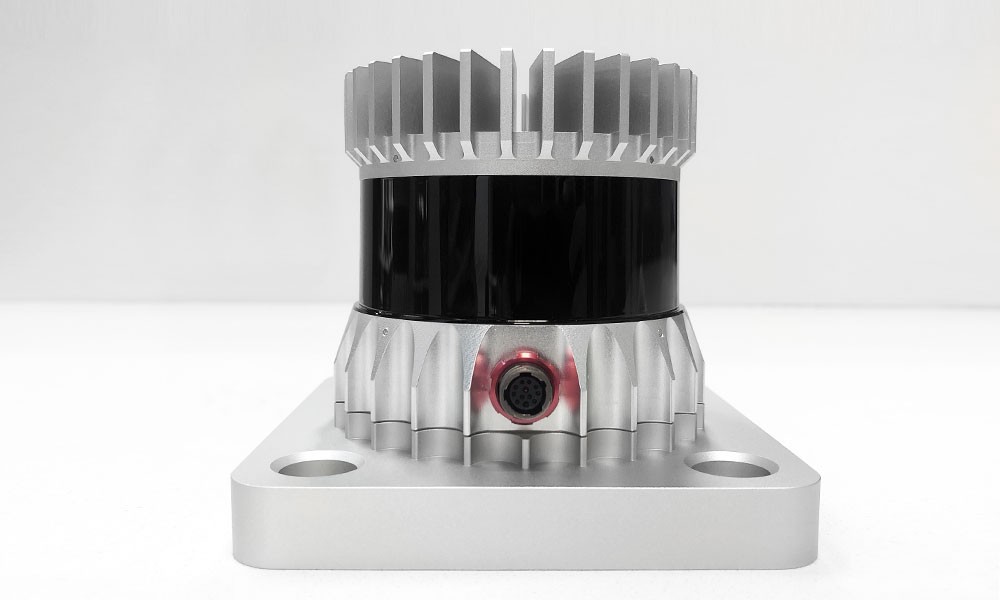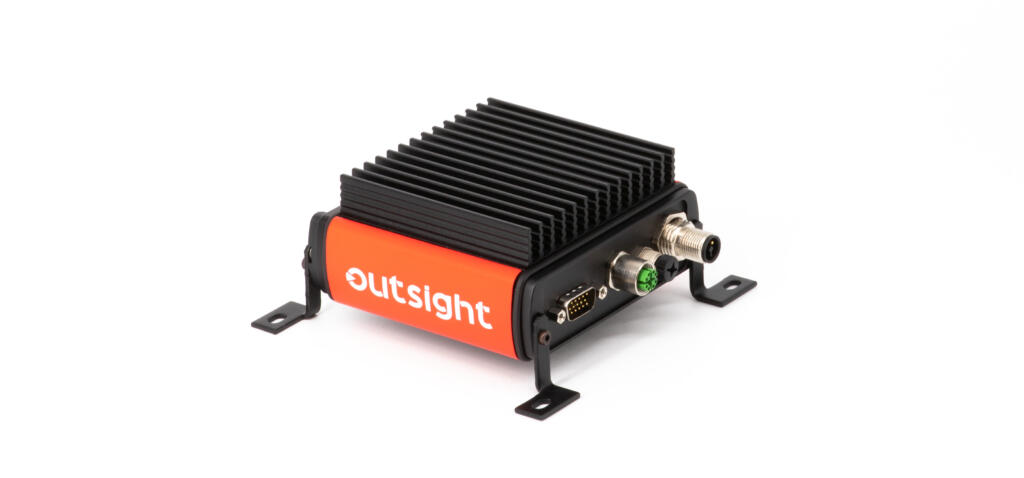Ouster Firmware 1.13 Offers 2.5x More Precision

This month Ouster released a new version of its firmware, version 1.13, now available for download. Firmware 1.13 delivers considerable advances, improving precision (range noise) by around 2x, depending on target type and range, while also improving the granularity of range data measurements from 1.2 cm down to 0.3 cm increments.
On top of this, v1.13 offers better ease-of-use with:
- New networking features
- Updated documentation
- New alerting system
- Improved diagnostics
- Deterministic behaviour of LiDAR data
A significant improvement
This notable improvement is the result of Ouster’s efforts to painstakingly characterise and optimise the signal processing algorithms running on its sensors. This higher level of precision ensures intricate detail, particularly at close range.
To illustrate its progress, Ouster tested the precision of both 1.12 and 1.13 firmware versions on various targets, both indoors and outdoors, in full sun. The charts below, taken from ouster.com, demonstrate a significant improvement – as much as a 2.75x between 2-5 metres.
 In the GIF below, you can observe the improvement in the form of thinner walls and cleaner scan lines.
In the GIF below, you can observe the improvement in the form of thinner walls and cleaner scan lines.
More deterministic behaviour
In addition to improving the quality of its data output, Ouster has also taken steps to make the sensor easier to use and more deterministic in its behaviour. Key changes include:
- Consolidated documentation – combining hardware and software user guides into one consolidated guide
- A new alerting system with more detailed error messages for UDP packet transmission and UDP socket issues
- Deterministic startup behaviour – the first UDP data out of the device will always be frame 0 and contain data columns 0-15
- Deterministic mapping of data column IDs into UDP packets
The Ouster team also took a trip down Clarion Alley in San Francisco, famous for its murals, which you can see in this SLAM video taken from the drive.








